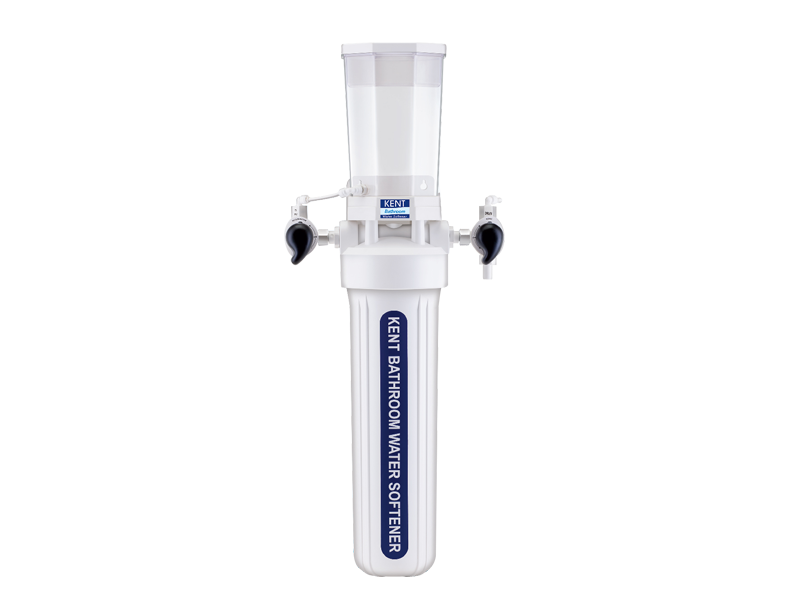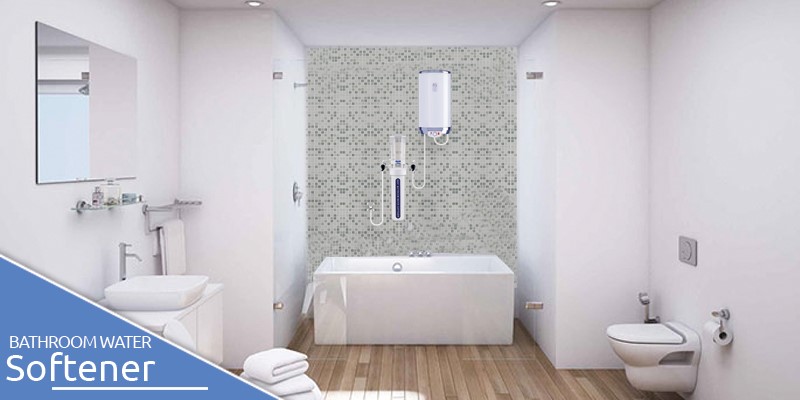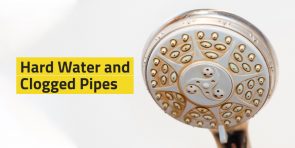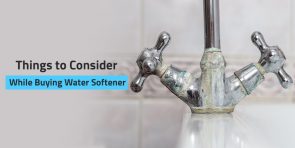Rediscover the Joy of Bathing with KENT Bathroom Water Softener
Have you noticed a change in your hair and skin texture recently even after using expensive hair and skin care products? If the answer is yes, you probably need to check the water quality instead of switching to expensive grooming products. Bathing in hard water affects your skin and hair excessively. Hard water not only causes skin dryness but also makes your hair greasy, rough, and lifeless. In addition to these problems, hard water also leads to crusting on the faucets, and residue on dishes, glassware, and sinks. Unfortunately, most of the cities in India receive hard water. Though hard water is not very harmful to your health, it causes a lot of inconvenience to homeowners. Considering these factors, KENT has introduced an all-new bathroom water softener. Read on to find out more about how the water softener for the bathroom works.
What Makes Water Hard?
The presence of excess soluble salts of calcium and magnesium makes water hard. These salts form a white precipitate (an insoluble solid) or `soap scum’ in the pipes, appliances, and other bathroom fittings. The white precipitate not only clogs the shower, and restricts the flow of water but also causes corrosion, thereby reducing the life of geysers and other bathroom fittings. The presence of hard salts also restricts lather formation which is the reason why you need to use extra soap and detergent.
So, how can Water Hardness be removed?
Gone are the days when people used traditional methods to reduce hardness in water. One of the easy ways to make hard water soft is by using a water softener system. KENT, a leading name in the water purifier industry, also provides a range of water softeners, with Bathroom Water Softener being the latest addition. The bathroom water softener can be easily attached to your bathroom fixtures such as geysers. As hard water is converted to soft water before use, your skin and hair are susceptible to less damage. The water softener for bathrooms from KENT uses an innovative technology that converts hard water into soft water and also ensures instant soft water supply 24×7.

How Does KENT Bathroom Water Softener Work?
KENT Bathroom Water Softener uses an ion-exchange process to reduce hardness in water. The mineral tank of the softener is filled with small polystyrene beads, also known as resin, which has a negative charge. Calcium and Magnesium, the water-hardening minerals, have positive charges. When hard water is passed through the mineral tank, Calcium and Magnesium ions cling to the beads.
The water softener also has a separate brine tank that uses table salt to create a brine solution. Sodium (the salt) ions also have positive charges, though the charge is not as strong as that of Calcium and Magnesium. When a very strong brine solution is flushed through the tank containing Calcium and Magnesium saturated beads, the sodium ions drive the calcium and magnesium ions off the beads, to make the water soft. In short, the ion exchange process reduces hardness in water by exchanging magnesium and calcium (Mg2+ and Ca2+) with sodium (Na+).
Last Few Words
So, if you too are tired of using hard water, it’s time to bring home KENT Bathroom Water Softener. The highly efficient and innovative product uses an effective ion exchange process to reduce hardness in water. When you use soft water, you don’t face the problem of dry skin, greasy hair, using excess detergent, or deposits on the bathroom fixtures. If you need to find out more about the water softener, click here.





